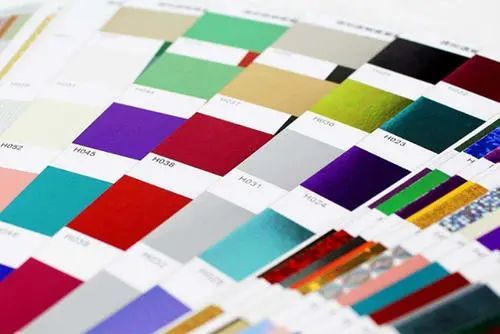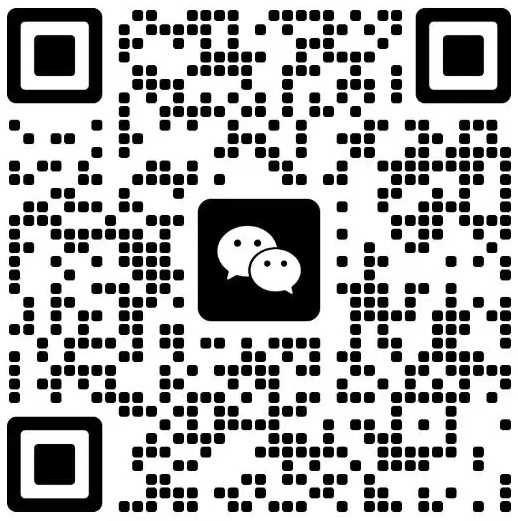How much do you know about the four ways of measuring the color of printed matter?
Published on.
2022-12-07 10:00
Introduction: The purpose of color detection and control is to find out the difference between the actual printing color and the standard proof color, by adjusting the amount of ink, so that the printing true reproduction of the original color. The following is a brief description of the four printing color measurement methods, the content for the quality package material system for friends reference:
Color measurement includes two categories: light source color measurement and object color measurement. Object color measurement is divided into fluorescent object measurement and non-fluorescent object measurement. In practical production and daily life, a large number of non-fluorescent object color measurement methods are divided into visual color measurement and instrument color measurement. Among them, instrument color measurement includes density method, photoelectric integration method and spectrophotometry.

The image is from Baidu Pictures
The fundamental task of color measurement is to measure the color stimulus function φ(λ). For the measurement of the light source, it is actually to measure the relative spectral power distribution of the light source P(λ); For the object color measurement, is the determination of the object's spectral luminosity characteristics, such as the reflection of the object's spectral radiance factor β(λ) and spectral reflection ratio P(λ), transmission of the object's spectral transmission ratio τ(λ). After measuring the color stimulus function φ(λ), CIE tri stimulus values X, Y, Z of the measured color can be calculated according to the three basic equations of chromaticity, and the Y value of the selected standard lighting body can be adjusted to 100.
01 Visual method
Visual method is a traditional color measurement method. It is a completely subjective evaluation method, and it is also one of the simplest. It compares printed matter with standard proofs directly, evaluates the color difference between printed matter and standard proofs, at the same time, it also uses magnifying glass to observe the shape and overprint condition of various color dot, and makes qualitative evaluation of the dot adjustment value.
Its essence is a kind of visual photometric method, the principle is to use the law of additive color mixing, the unknown color of each component is added together to describe the unknown color. Although the most reliable way for color evaluation is with the help of human eyes, which is simple and flexible, due to the experience of observers and the influence of psychological and physiological factors, this method has too many variable factors and cannot be quantitatively described, thus affecting the accuracy and reliability of evaluation.
02 Density detection method
Density measurement actually does not directly measure the density value, but only measures the amount of reflected light and the amount of incident light. It is assumed that the difference between the reflected light and the light provided by the densitometer is the amount of light absorption, that is, the amount of light absorbed by the ink layer on the printing surface.
Density measurement considers the overall light quantity characteristic of the whole reflective spectrum, which is essentially to evaluate the brightness factor of various colors on the printing surface, and has nothing to do with the hue. In color printing, the color of printing ink is actually that the ink is printed on the white paper with high reflectivity, which selectively absorbs a part of the wavelength of light from the light irradiated on it, and reflects the remaining light. At this time, the density reflects the absorption characteristics of the ink to the light wave. The commonly referred to "color density" refers to the measurement, through the red, green, blue three kinds of color filter respectively to measure the density of yellow, blue ink.
Density is only a measure of physical absorption properties, indicating only the degree of blackness or grayness. In this sense, color density measurement is only the measurement of blackness, is the same ink saturation relative value reflection. There are two types of densitometers used in density measurement, transmission and reflection. The transmission densitometer measures the amount of light passing through the film or the transmittance, and the reflection densitometer measures the amount of light reflected from the test surface or the reflectivity.
Because the intensity of the reflected light is not the same in the process of printing ink film from wet to dry, there is a certain error in the determination of density, and the density meter with polarization filter can overcome the density change caused by the dry and wet ink film. Color reflection densitometer has become an indispensable tool in the printing shop. It intuitively reflects the density, dot percentage and ink overprinting rate of C, M, Y and K four-color printing. It is widely used in color and ink layer thickness control.
03 Photoelectric integration method
Photoelectric integration is a common method used in instrument color measurement in the 1960s. It is not to measure the color stimulus value of a certain wavelength, but to measure the tristimulus value X, Y, Z of the sample through integral measurement within the whole wavelength range, and then calculate the color coordinates of the sample and other parameters. The relative spectral sensitivity S(λ) of the detector is corrected to the CIE recommended spectral tristimulus values x(λ), y(λ), z(λ) by covering the detector with a filter. When the light stimulus is received by such three light detectors, the tristimulus values X, Y and Z of the sample can be measured by a single integral. The filter must satisfy the Luthor condition to accurately match the light detector. The Luther condition is as follows:
The accuracy of this type of instrument is directly related to the degree to which the instrument meets the Luthor condition. It is very difficult to meet the above condition completely. In the actual correction of color filter, due to the limited variety of color glass, the instrument can not fully conform to the Lutheran condition, only approximate application of partial filter method can make the matching integral error of x(λ) and z(λ) curve is less than 2%, y(λ) curve matching integral error is less than 0.5%.
The photoelectric integral instrument can not accurately measure the tristimulus value and chromatism coordinate of the excellent source, but it can accurately measure the color difference of the two color sources, so it is also called chromatism meter.
04 Spectrophotometry
Spectrophotometry, also known as chromometry spectral photometer, compares the reflected (transmitted) light energy of the sample with the standard reflected (transmitted) light energy under the same conditions to obtain the spectral reflectance of the sample at each wavelength, and then uses the standard observer and standard light source provided by CIE to calculate the following formula, thus obtaining the tri stimulus values X, Y and Z. Then calculate color coordinates X. Y and CIELab chroma parameters from X, y and Z according to CIEYxy, CIELAB and other formulas.
It determines the color parameters by detecting the spectral components of the sample. It can not only give the absolute value of X, Y and Z and the color difference value △E, but also give the spectral reflectance value of the object, and draw the spectral reflectance curve of the object color. Therefore, it is widely used in color matching and color analysis. This kind of instrument can achieve high accuracy color measurement, calibrate photoelectric integral color measuring instrument, establish chroma standard, etc., so the spectral instrument is the authoritative instrument in color measurement.
The content of this article is from Baidu Wenku if there is any infringement, please contact us to delete if you need to reprint, please indicate the source
Featured News



